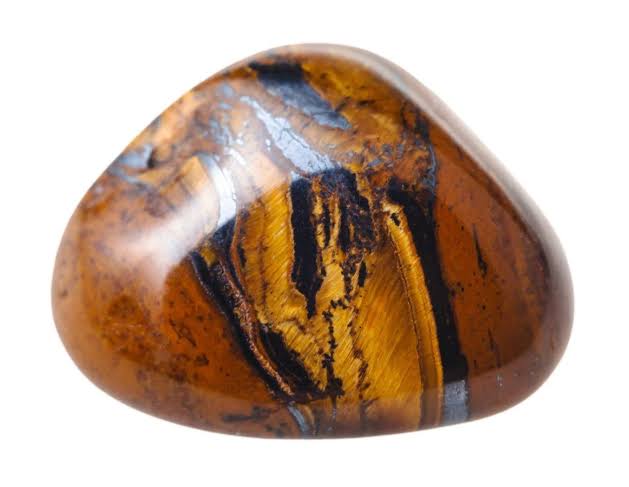Hawk’s Eye Mineral

By Chisom Ibemere
Hawk’s Eye is a metamorphic mineral that is a fibrous form of quartz. It originates from crocidolite (a type of blue asbestos) that undergoes a transformation process known as pseudomorphism, where silica gradually replaces the fibers while retaining the original fibrous structure. This process creates the characteristic silky luster and chatoyancy (cat’s eye effect) of Hawk’s Eye.
Hawk’s Eye is primarily found in regions rich in metamorphic and sedimentary deposits. Major sources include:
South Africa, Australia, India, Namibia, United States (California and Arizona)
Hawk’s Eye is valued for both its aesthetic and metaphysical properties:
It is cut and polished into cabochons, beads, and pendants for rings, necklaces, and bracelets. Used for carvings, sculptures, and ornamental objects.
Its unique chatoyancy makes it popular among collectors and gem enthusiasts.
Ranges from blue to bluish-gray, sometimes with streaks of gold, brown, or green.
Silky, chatoyant (cat’s eye effect) and 6.5–7 on the Mohs scale, making it relatively durable.
Opaque with a distinctive fibrous structure.
Hawk’s Eye is highly sought after in the gemstone and jewelry industry, often sold alongside Tiger’s Eye (its golden-brown counterpart).
Prices vary based on quality, chatoyancy, and origin, with high-quality stones fetching higher prices.
Valued in various cultures for its supposed protective and visionary qualities.
Overall, Hawk’s Eye remains an important gemstone in both commercial and metaphysical markets, admired for its striking beauty and unique optical properties.
